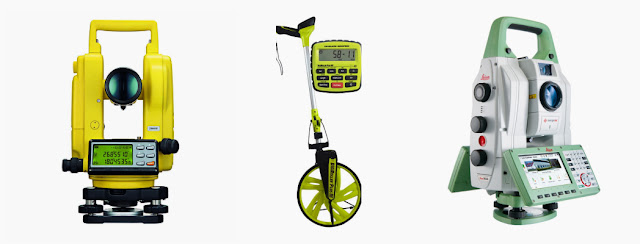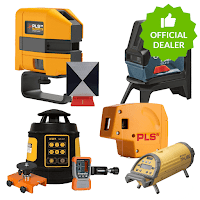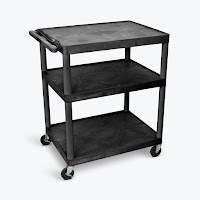Laser Levels: Uses, Types, and Modes
Laser levels are used by various professionals from different industries. Combining the light amplification power of a laser and the accurate aligning capacity of a leveling system, a laser level is a highly reliable piece of equipment that helps prevent costly errors.
Laser levels are typically handy and lightweight. They are designed to withstand different environmental factors, such as dust and moisture, and they can function with various laser accessories for improved functionality.
Some examples of laser level accessories are detectors, receivers, laser brackets, and laser level remote controls.
Needless to say, laser levels make alignment jobs easier both for professionals on duty and non-professionals engaged in personal or home improvement projects. Some home-improvement tasks that laser levels can make easier include making cabinets, laying out tiles, and installing hangers or rods for frames and curtains.
However, it’s important to note that there are various types of laser levels. Thus, it is best to know where you intend to use the tool before deciding to buy a laser level.
Point Laser Levels - Also called dot laser levels, these instruments can produce multiple light beams, usually three-point or five-point. They are ideal for indoor use and carpentry.
Learn more about point laser levels.
Cross Line Laser Levels - These lasers can project a beam vertically, horizontally, or both ways at the same time. They are usually mounted on a tripod, which can be adjusted to the height necessary to achieve the needed projections.
Learn more cross line laser levels.
Rotary Laser Levels - These lasers are best for industrial applications and large projects. With their capacity to project a 360-laser beam, they can quickly and easily solve leveling-related problems. What’s more, rotary lasers are extra-durable and dust- and water-resistant, making them highly useful instruments for both indoor and outdoor use. Their working range is also significantly higher compared with most point and line laser levels.
Learn more about rotary laser levels.
Laser levels for indoor use project a red laser beam while those for outdoor use project a green beam. The red color is easy to see and work with at normal brightness. Green, on the other hand, is easy to detect in a bright environment. To aid users, laser levels can be used with detectors and reflectors for even easier detection.
For more information about laser levels, visit Engineer Warehouse laser levels collection.
Laser levels are typically handy and lightweight. They are designed to withstand different environmental factors, such as dust and moisture, and they can function with various laser accessories for improved functionality.
Some examples of laser level accessories are detectors, receivers, laser brackets, and laser level remote controls.
Uses of Laser Levels
Laser levels are used in leveling tasks, surveying, grading, plumbing, and various other jobs where the accurate alignment of materials or slopes is important. These levels can produce either a single or multiple beams of light, which then act as reference lines.Needless to say, laser levels make alignment jobs easier both for professionals on duty and non-professionals engaged in personal or home improvement projects. Some home-improvement tasks that laser levels can make easier include making cabinets, laying out tiles, and installing hangers or rods for frames and curtains.
However, it’s important to note that there are various types of laser levels. Thus, it is best to know where you intend to use the tool before deciding to buy a laser level.
Types of Laser Levels
Different laser level models have varying projection capacities, working range, and accuracy. Below are three of the most common types of laser levels:Point Laser Levels - Also called dot laser levels, these instruments can produce multiple light beams, usually three-point or five-point. They are ideal for indoor use and carpentry.
Learn more about point laser levels.
Cross Line Laser Levels - These lasers can project a beam vertically, horizontally, or both ways at the same time. They are usually mounted on a tripod, which can be adjusted to the height necessary to achieve the needed projections.
Learn more cross line laser levels.
Rotary Laser Levels - These lasers are best for industrial applications and large projects. With their capacity to project a 360-laser beam, they can quickly and easily solve leveling-related problems. What’s more, rotary lasers are extra-durable and dust- and water-resistant, making them highly useful instruments for both indoor and outdoor use. Their working range is also significantly higher compared with most point and line laser levels.
Learn more about rotary laser levels.
Modes of Laser Levels
Most laser levels work in either indoor mode or outdoor mode. Some models can be effective in both modes, but these are usually more expensive.Laser levels for indoor use project a red laser beam while those for outdoor use project a green beam. The red color is easy to see and work with at normal brightness. Green, on the other hand, is easy to detect in a bright environment. To aid users, laser levels can be used with detectors and reflectors for even easier detection.
For more information about laser levels, visit Engineer Warehouse laser levels collection.



Comments
Post a Comment